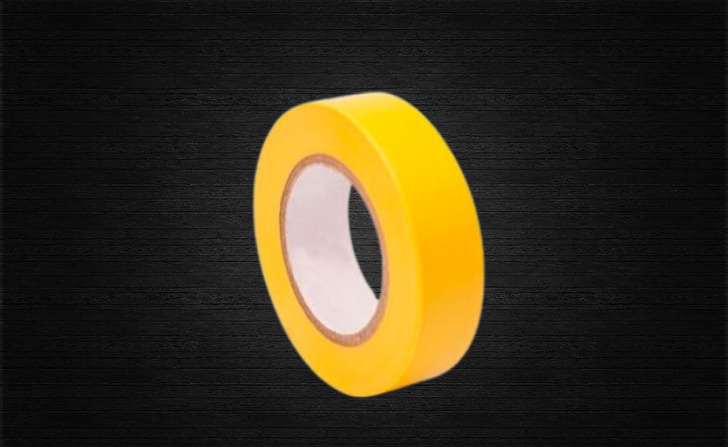Hello,
I’m creating a BoM for a youth group project. We’re planning on building the Electromagnetic Ring Accelerator from Hyperspace Pirate. He’s provided the 3d print files, but not the finer details on wire gauge, enamel wire gauge and ball size. I also want to confirm the photoresistor. Are there different photoresistors with with different sensitivities or ranges?
I’ve included the wip of the BoM.
I’m guessing you watched the first video, the one with a single coil, which, as you said, doesn’t specify those details. However, on a later video ( https://www.youtube.com/watch?v=uNbL3tRZeMQ ), where he makes some improvements to the whole circuit, there are some details mentioned in the description, such as
Input voltage: 24V
Number of coils: 4
Wire Gauge: 24AWG
Coil Current: 13A
Coil ID: 1.1"
Coil OD: 1.4"
Coil Length: 0.5"
Coil turns: 200
The final outer diameter is ~2" due to the addition of steel wire to create a magnetic flux guide or “shell”.
FET Type: IRLZ44N
On time: ~8 ms at max. speed
Energy input per pulse: 2.6J
Ball mass: 65 grams
Ball kinetic energy: ~0.52J
I hadn’t watched the second video yet. Thank you.
IIRC, the first model ate mosfets for breakfast because the photo resistor is way too slow going from illuminated to dark. That leaves the mosfet in a fairly high resistance state for an extended amount of time during which it dissipates a lot of power. You should add some kind of Schmitt trigger inverter that buffers the resistive divider and gives you a clean narrow edge to drive the mosfet gate. A 74HC14 together with a 7805 voltage regulator should give you enough output voltage to drive the mosfet. These chips cost less than a single replacement mosfet and you can drive 6 coils with them.


